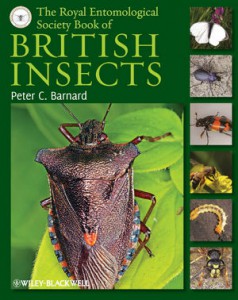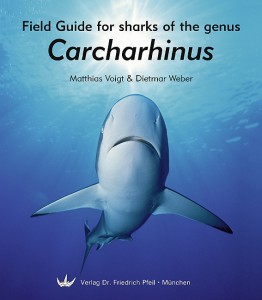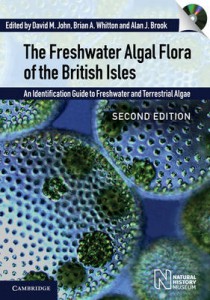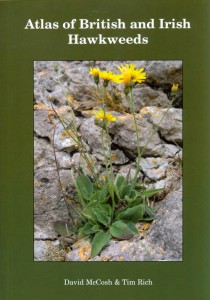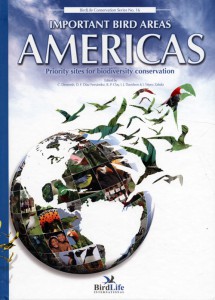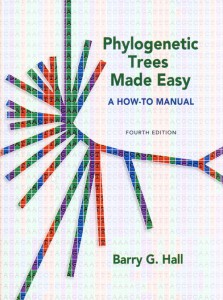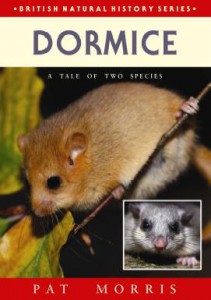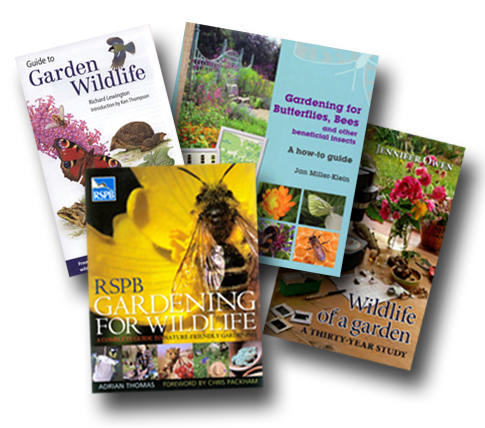Continuing our selection of the very best titles available through NHBS:
Winged Sentinels: Birds and Climate Change
by Janice Wormworth and Cagan H Sekercioglu
What?
An exploration of the effects of climate change on various groups of birds, what can be done about the threats and the possible consequences of inaction.
Why?
“The ability of the birds to show us the consequences of our own actions is among their most important and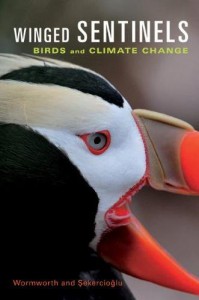 least appreciated attributes. Despite the free advice of the birds, we do not pay attention.”
least appreciated attributes. Despite the free advice of the birds, we do not pay attention.”
Marjory Stoneman Douglas as quoted in the introduction to Winged Sentinels.
The chapters of this book take the reader on a global tour looking at the timing of seasonal activities of birds, their shifting distributions, and the abundance and make-up of avian communities – among various other factors – as ‘fingerprints’ which provide clues to the overall story of how our changing climate is taking its toll on the global bird community. It then provides an assessment of the current state and effectiveness of conservation efforts.
With its absorbing style and generous complement of colour photography Winged Sentinels is accessible to a general readership while being scientifically thorough, and tells a story that is of great interest to all scientists and policy-makers involved not only in avian conservation, but across the spectrum of climate-related ecological research.
Who?
Janice Wormworth is a freelance science writer.
Cagan H Sekercioglu is Assistant Professor in the Department of Biology at the University of Utah and the director of the non-profit environmental organisation KuzeyDoga

